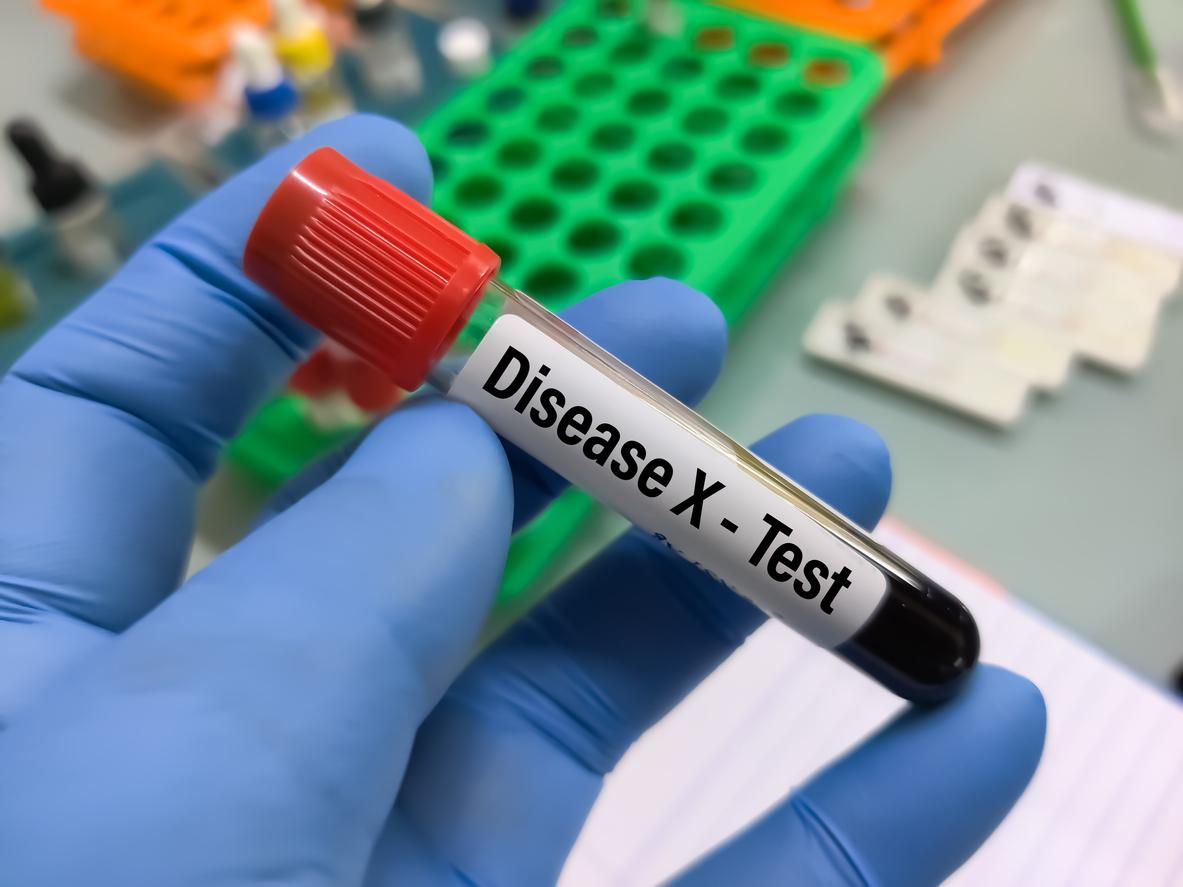This Sunday, January 29, 2017 is the 64th World Leprosy Day. The Meadow, do you think it no longer exists? You are completely wrong: specialists even estimate that this pathology affects around 3 million people worldwide. Worse: a new case is diagnosed every 2 minutes on the planet. More than 210,000 new cases (including 20% children) were detected in 2015.
Caused by a bacterium (Mycobacterium leprae), leprosy is a chronic disease that is not very contagious but is nevertheless transmitted by droplets from the nose, during “close and frequent” contact with infected people. The leprosy bacillus multiplies very slowly: the incubation period of the disease (this is the time between contamination and the appearance of the first symptoms) is approximately… 5 years.
A silent disease… but curable
Sometimes, the disease can appear after a period of “sleep” of 20 years. This is also the main obstacle faced by health authorities: during the incubation period of the infection, the person (who shows no symptoms) can contaminate everyone around them, invisibly. Under these conditions, it is difficult to eradicate leprosy on a global scale.
When left untreated (mainly by multidrug therapy), leprosy causes damage to the skin and nerves: the skin, the upper respiratory tract, the eyes, the nerve endings… are affected. If the 3 antibiotics are administered in time, the pathology can be cured in 6 months.
Between 1990 and 2016, more than 12 million lepers were cured and the disease was eradicated in 108 of the 122 countries where it was considered by the World Health Organization to be a public health problem. Nevertheless, leprosy remains a major problem in 14 countries in Africa, Asia and South America, particularly in India, Brazilin IndonesiaNepal, Democratic Republic of Congo and Mozambique.
Source: Pastor Institute.















